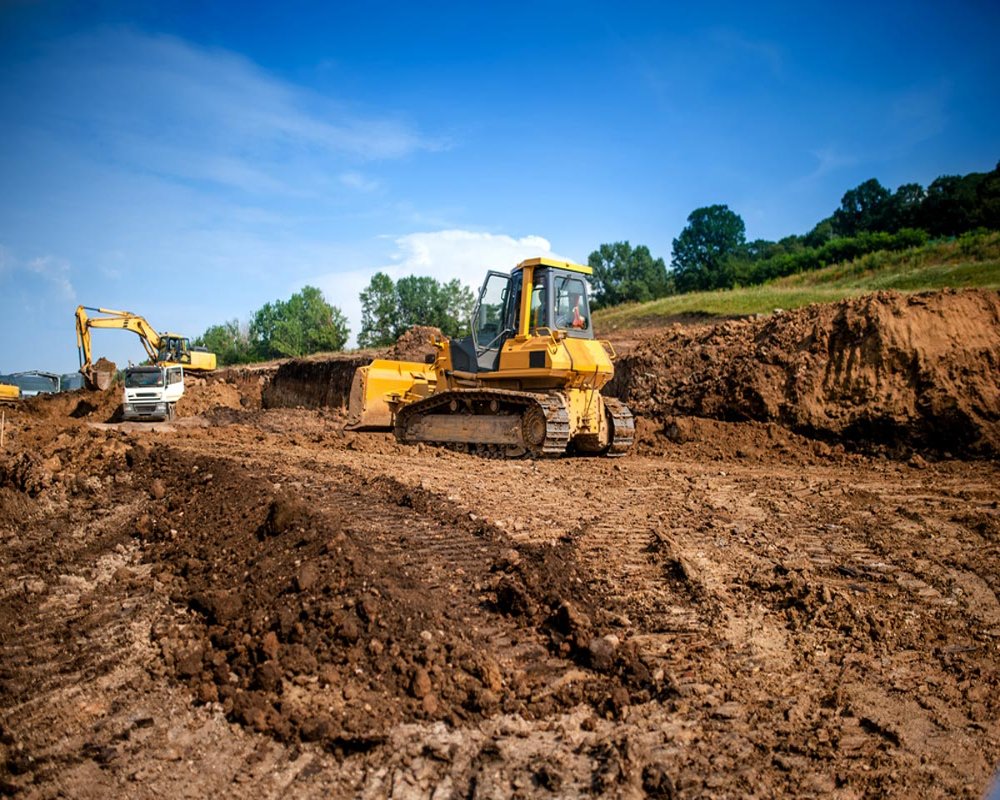Introduction
Site clearing is the first physical step in land development, transforming raw, overgrown, or previously used land into a construction-ready site. It involves the removal of vegetation, debris, structures, and any other obstacles that hinder building or grading activities. While often seen as a routine part of pre-construction, site clearing can constitute a significant portion of the initial budget, especially for large-scale or industrial projects. Understanding the detailed breakdown of site clearing expenses is critical for accurate budgeting, project planning, and resource allocation. Below is a comprehensive guide to the key cost components involved in clearing a site for development.
1. Vegetation Removal
One of the most visible components of site clearing is the removal of vegetation, including grass, shrubs, weeds, and trees. Costs in this category are influenced by the density, type, and maturity of vegetation. Removing tall or deep-rooted trees is considerably more expensive than clearing simple ground cover due to the need for specialized equipment and skilled labor. Tree stump grinding, logging permits, and hauling add to the overall expense. In some areas, environmental regulations may also require tree replacement or mitigation fees, further increasing costs.
2. Tree and Stump Disposal
After trees are cut down, the trunks, branches, and stumps must be removed or disposed of. This involves grinding, chipping, or hauling the debris offsite. Depending on the site’s location and size, debris may be transported to landfills, biomass plants, or recycling centers. Disposal fees are often charged by weight or volume, and the cost can escalate if hazardous tree diseases or pests are present, which require special handling under environmental guidelines.
3. Demolition of Existing Structures
For redevelopment projects or previously used sites, existing structures such as old buildings, sheds, foundations, or pavement must be demolished and removed. Expenses include the cost of demolition equipment (e.g., bulldozers, hydraulic breakers), labor, dust suppression measures, and debris hauling. If the structure contains hazardous materials like asbestos or lead-based paint, additional environmental remediation and disposal costs are incurred, often requiring licensed contractors and adherence to strict safety protocols.
4. Debris Collection and Hauling
Once vegetation and structures are removed, debris needs to be collected, loaded, and transported. The cost of this phase depends on the volume of material, accessibility of the site, distance to disposal facilities, and fuel prices. Larger industrial or remote sites may require multiple trips with dump trucks, increasing labor and equipment time. Some contractors may charge flat rates, while others charge by load or tonnage.
5. Grubbing and Root Removal
Grubbing refers to the process of removing roots, buried stumps, and organic matter that could affect foundation stability. This is a labor- and equipment-intensive task, requiring backhoes, root rakes, or bulldozers. It is especially necessary in areas where heavy tree growth was present. Leftover roots can interfere with underground utilities and settlement, making thorough grubbing essential despite the added cost.
6. Soil Stripping and Topsoil Preservation
Stripping the topsoil involves removing the upper layer of soil, which may contain organic material unsuitable for structural loading. This material is often stockpiled for later use in landscaping or erosion control. Costs in this category include earthmoving equipment, transportation of soil within the site, and potential stabilization of stripped areas. In some environmentally regulated zones, topsoil must be preserved or restored, requiring extra labor and storage planning.
7. Erosion and Sediment Control
During and after site clearing, temporary erosion control measures must be implemented to prevent sediment runoff into nearby water bodies or properties. This includes installing silt fences, sediment basins, straw bales, and temporary drainage systems. The cost depends on the size and slope of the site, proximity to sensitive areas, and duration of exposure before construction begins.
8. Permits and Regulatory Fees
Most municipalities require permits for land clearing, especially if trees are being removed, land is being disturbed near protected habitats, or large quantities of debris will be disposed. Permit fees vary by jurisdiction and may include inspection costs. In protected or historically significant areas, environmental impact assessments may be mandated before site clearing, which adds consultancy and documentation expenses.
9. Labor and Contractor Fees
Labor costs for clearing a site vary by region, complexity, and union regulations. Skilled operators are needed to handle heavy equipment, while general laborers assist in manual clearing and site cleanup. Contractors may charge based on square footage, hourly rates, or project scope. Some projects also require site supervisors, environmental monitors, and safety officers, increasing total labor expenses.
10. Equipment Mobilization and Maintenance
Transporting heavy machinery such as excavators, bulldozers, and tree shears to the site involves mobilization charges. These may include loading/unloading, trucking, and fuel costs. Equipment maintenance, downtime, and rental fees (if not owned by the contractor) are also part of this expense category. On large sites, machinery may need to be kept on-site for extended periods, increasing operating costs.
Conclusion
Site clearing is a complex, multi-phase process that demands thorough financial planning and technical coordination. From vegetation removal and demolition to erosion control and regulatory compliance, each activity contributes to the total cost of preparing a site for development. By breaking down these expenses, developers and project managers can more accurately estimate budgets, minimize delays, and ensure that site preparation aligns with legal, environmental, and structural standards. A well-executed clearing plan not only facilitates efficient construction but also lays the groundwork for safe, compliant, and sustainable development. Understanding these cost components is essential for making informed decisions in both small-scale and large-scale industrial or infrastructure projects.
Hashtags
#SiteClearing #ConstructionCosts #ExpenseBreakdown #LandClearing #Budgeting #ProjectManagement #CostAnalysis #SitePreparation #ConstructionBudget #LandDevelopment #FinancialPlanning #ConstructionExpenses #SiteWork #CostEstimation #BuildingSite #LandscapingCosts #ConstructionIndustry #SiteManagement #ExpenseTracking #ProjectBudgeting


